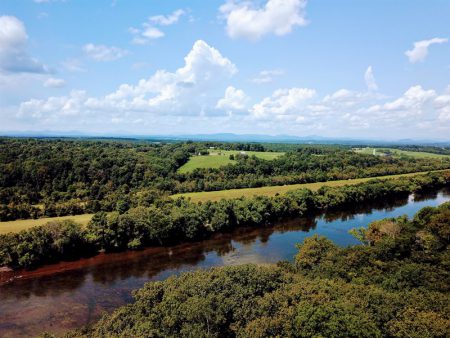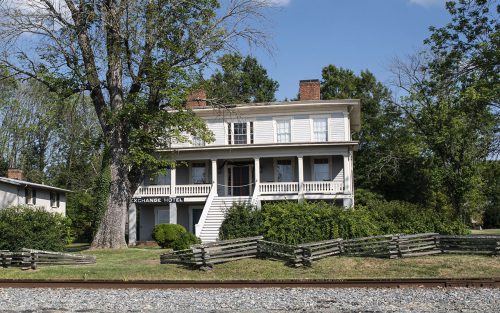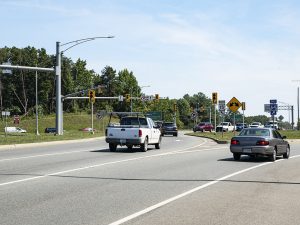Own one of Gordonsville’s updated historic estates at a reduced price!
Do you love old stately homes but concerned about maintenance and utility costs? This gorgeous Magnolia property in Gordonsville is the one for you.
Tucked away on Magnolia Place, this historic property is set on 55 acres of gently rolling hills and private lands.
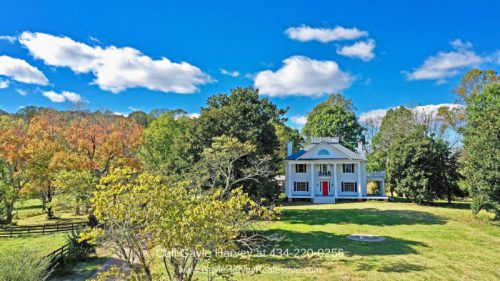 Showcasing vintage charm to its finest, it offers highly-desirable privacy, space, serenity, and gorgeous views.
Showcasing vintage charm to its finest, it offers highly-desirable privacy, space, serenity, and gorgeous views.
Built in 1900, you’ll love the manor home’s vintage charm and architecture like the hardwood floors, arched entryways, transoms above the doors and more.
To ensure your best comfort and convenience, this historic home in Gordonsville has been totally renovated and updated with energy efficiency in mind. It has received the Pearl Gold Certification.
Featuring 5 bedrooms, 4 full bathrooms and 2 half bathrooms, a porch, a balcony, 4 fireplaces, 5,674 square feet of finished living space, and gorgeous views, this historic estate is truly a gem.
An Orange Country property you’ll be proud to own!
This Gordonsville historic manor is set at the end of Magnolia Place. Thanks to the large mature plantings of hardwoods and magnolia trees surrounding the property, the home enjoys exceptional privacy.
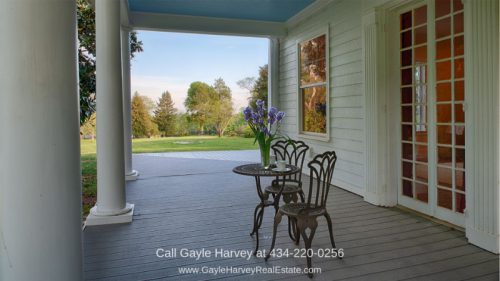 Feel right at home as soon as you step on the large front porch. Set it up with some complimentary outdoor chairs and you have an inviting setup where you can relax.
Feel right at home as soon as you step on the large front porch. Set it up with some complimentary outdoor chairs and you have an inviting setup where you can relax.
 Welcome guests into the spacious center hallway with crown molding on the ceiling, high ceiling, white trims, gleaming hardwood floors, and neutrally toned walls. Across the entryway is a lovely wood staircase that leads to the second level.
Welcome guests into the spacious center hallway with crown molding on the ceiling, high ceiling, white trims, gleaming hardwood floors, and neutrally toned walls. Across the entryway is a lovely wood staircase that leads to the second level.
 The bright eat-in kitchen enjoys a generous floor space and features quartz counter, wood cabinets, stainless steel appliances, an island, pantry, and recessed light. Appliances include a double oven, dishwasher, gas range, refrigerator, wall oven, and wine cooler. An ample-spaced dining area is also provided.
The bright eat-in kitchen enjoys a generous floor space and features quartz counter, wood cabinets, stainless steel appliances, an island, pantry, and recessed light. Appliances include a double oven, dishwasher, gas range, refrigerator, wall oven, and wine cooler. An ample-spaced dining area is also provided.
The french door opens to the hallway and another door opens to the backyard.
Usher guests into a light-filled and spacious living room with a 10’ ceiling, crown moldings, double-hung windows, and a fireplace that’s ready to warm you up on a cold night.
Do you need a home office or library? This old home boasts of a large study/library with more large windows, built-in shelves, and another fireplace. A mudroom, laundry, and a half bath complete the features of the main floor.
All five bedrooms are on the second level of this Central Virginia historic home.
The spacious master bedroom offers retreat, privacy, and personal space. It features a fireplace, an ensuite bathroom, and a private balcony where you can enjoy scenic country views. Enjoy the best of pampering in the luxurious master bathroom with his and hers vanity sink, clawfoot tub, a separate walk-in shower, and a separate commode.
Fall in love with the one-of-a-kind outdoor retreat
This historic property for sale in Gordonsville VA is perfect for entertaining, both indoors and out.
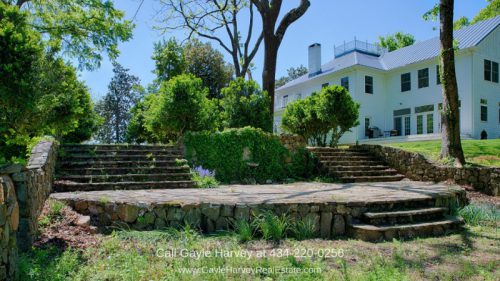
When you want to enjoy the beauty of nature or just bask in the serenity of the country, head to the old stone terraced garden, your very own stress-free zone.
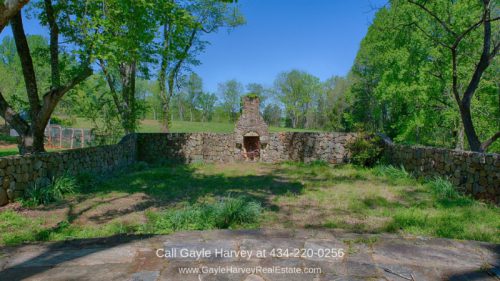 On cool nights stay warm by lighting the garden fireplace.
On cool nights stay warm by lighting the garden fireplace.
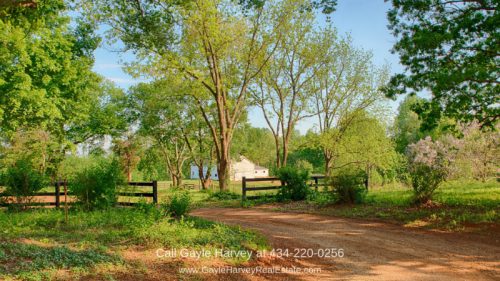 Have you ever dreamed of creating your own garden and growing organic foods? This expansive property has a partially fenced barn with garden space and storage shed.
Have you ever dreamed of creating your own garden and growing organic foods? This expansive property has a partially fenced barn with garden space and storage shed.
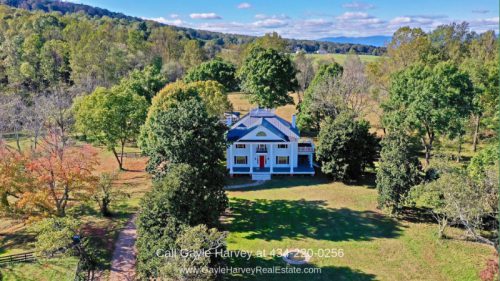 This exceptional historic property in Central Virginia has enough land to add to the home if you wish.
This exceptional historic property in Central Virginia has enough land to add to the home if you wish.
A conveniently-located historic estate in Orange County
If you’re looking to live in the country yet still be in short proximity to the big cities of Charlotteville and Richmond, Gordonsville is a great choice. US Route 33, Horton Vineyards and Barboursville Vineyards are only minutes away.
Embrace your love for historic homes and live the relaxed and laidback country life you long to have in this stately Gordonsville historic home for sale.
Call me, Gayle Harvey, at 434-220-0256, to schedule a private showing today.
In case you can not view this video here, please click the link below to view 7341 Magnolia Pl Gordonsville VA 22942 | Gordonsville Historic Estate for Sale on my YouTube channel: https://youtu.be/KOTLTq7wuKc


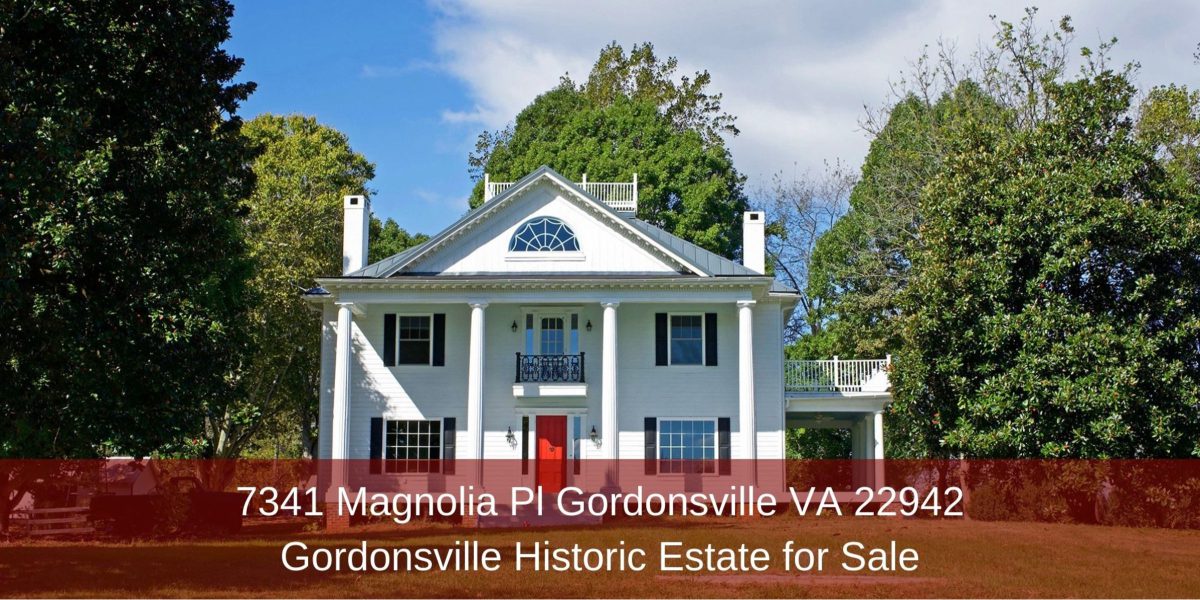
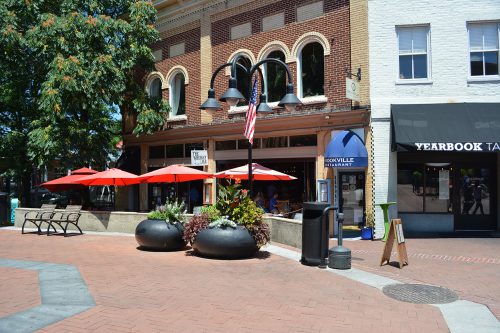
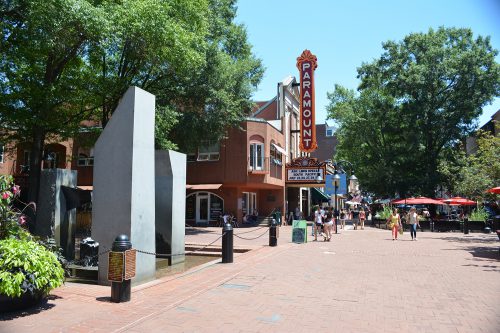
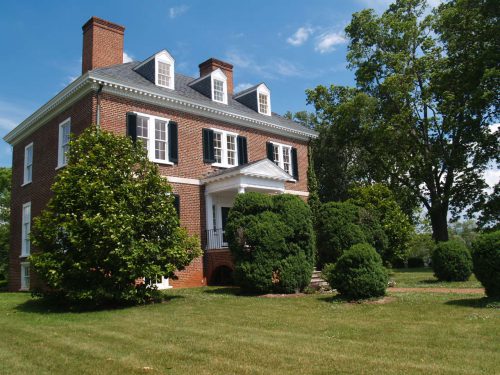
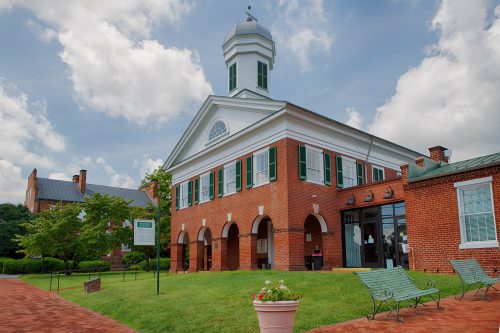
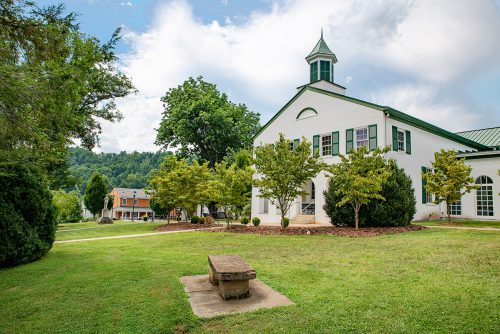 Loving family gave 30 acres of land to create it. The courthouse became the center of the town and was the first building built after the town was created. Lovingston was de-incorporated in 1938.
Loving family gave 30 acres of land to create it. The courthouse became the center of the town and was the first building built after the town was created. Lovingston was de-incorporated in 1938.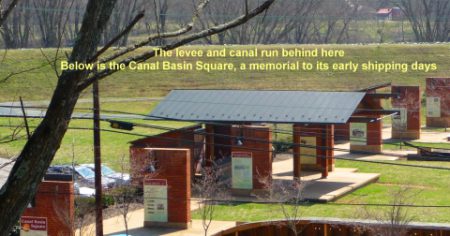
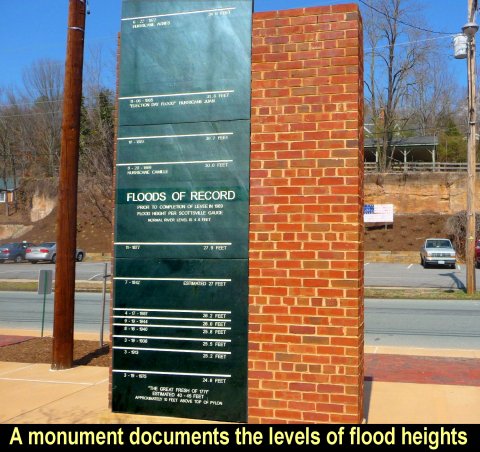
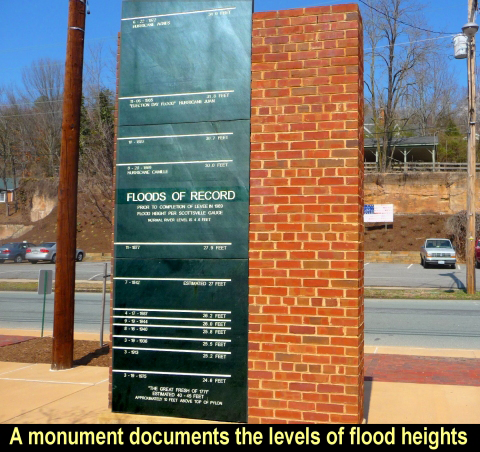
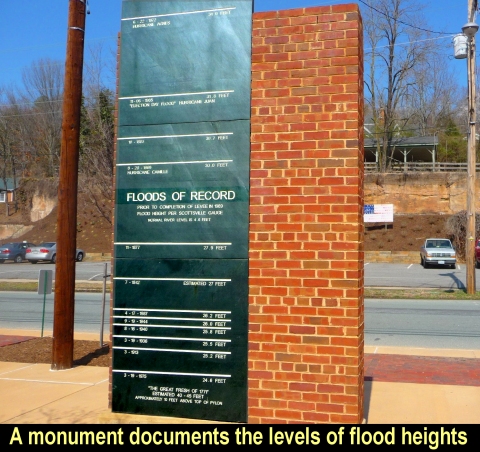 National Register of Historic Places in 1976.
National Register of Historic Places in 1976.